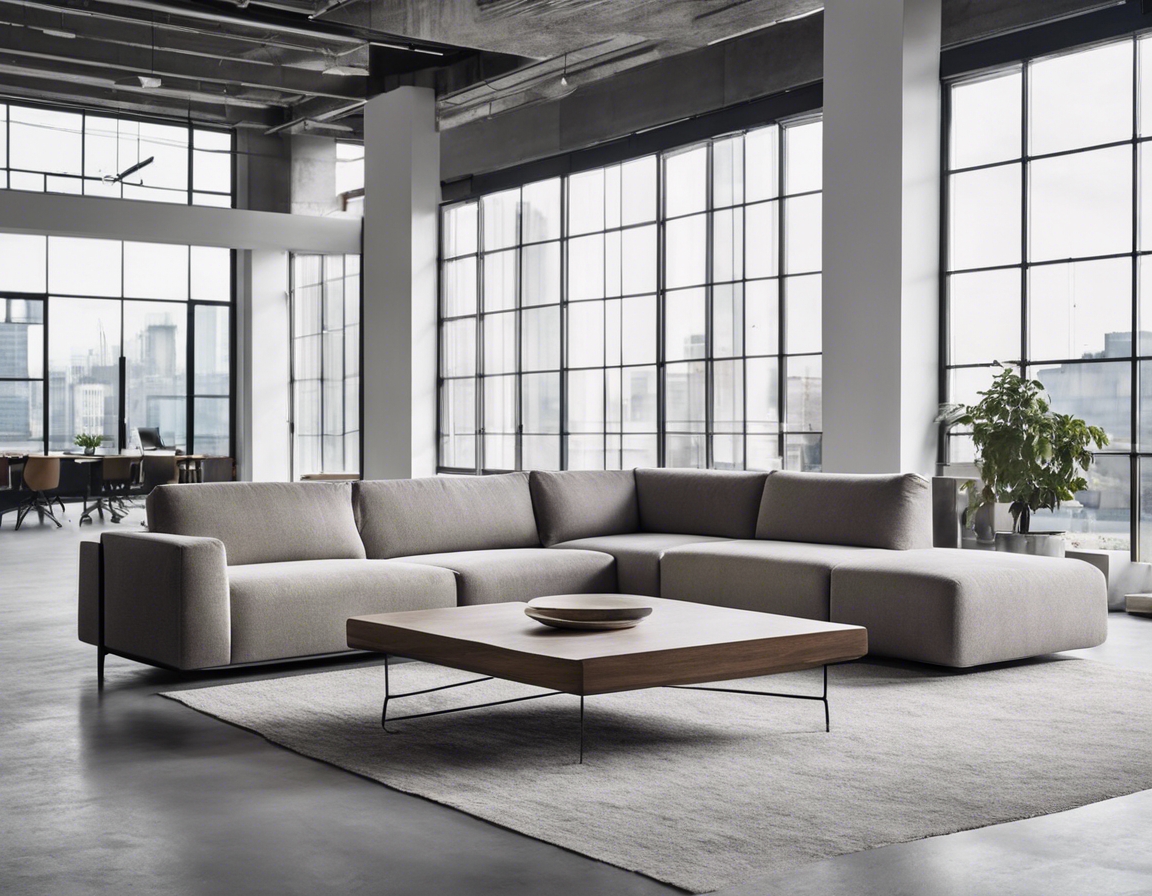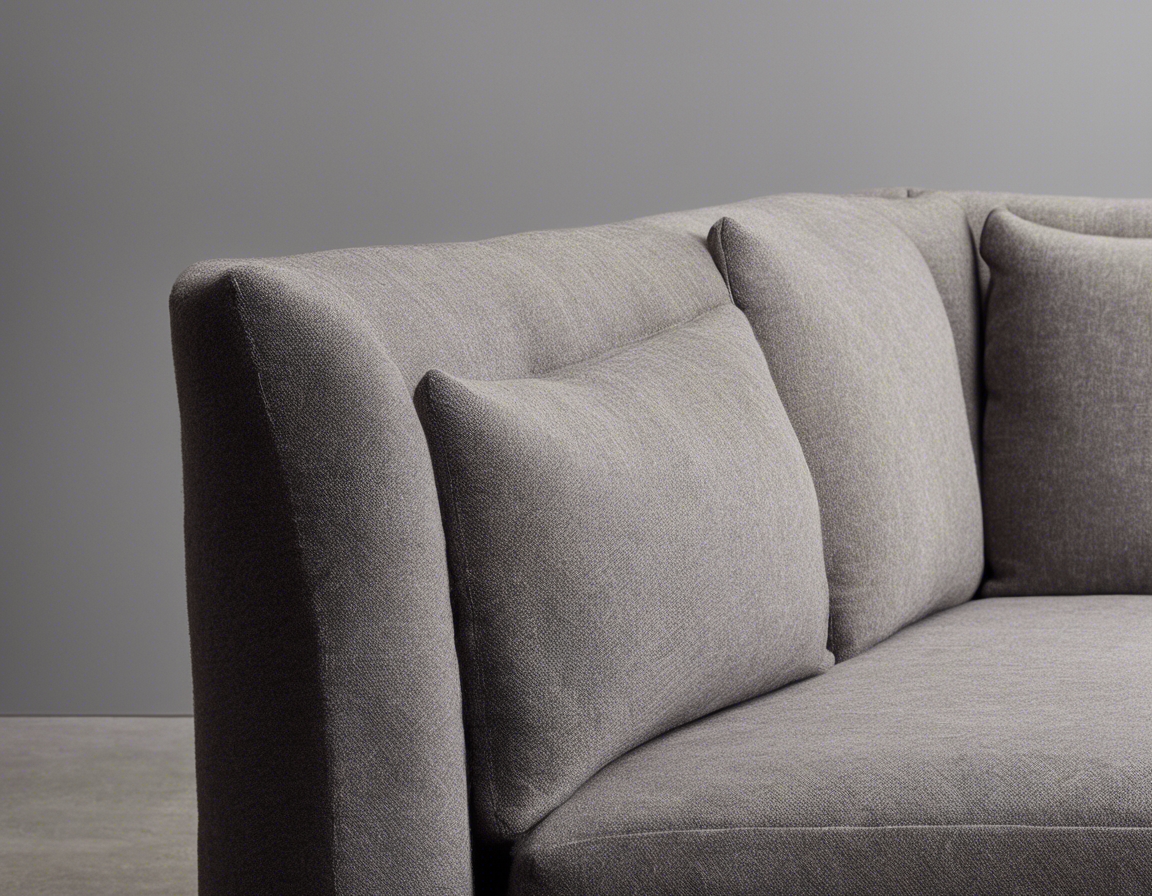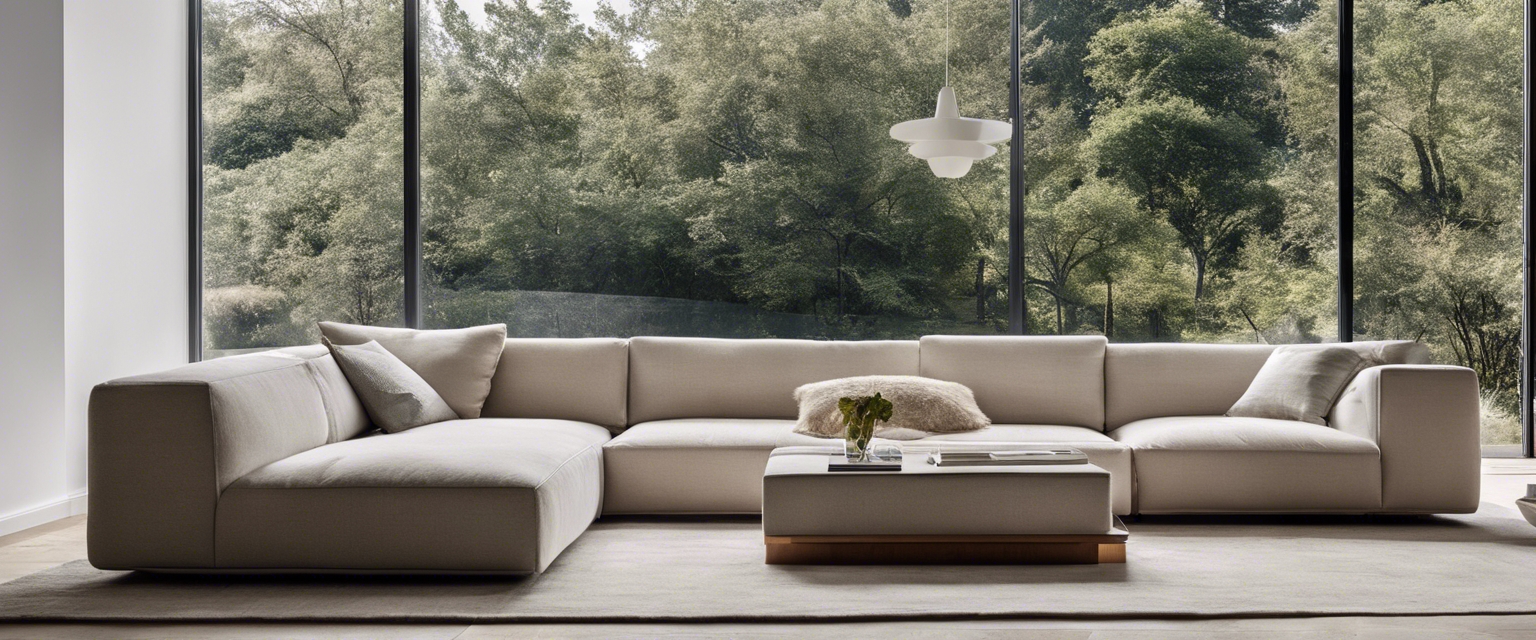Designing for small spaces: smart furniture solutions
As urban populations soar, the demand for smart, adaptable furniture solutions has never been more pressing. The challenge of designing for small spaces is a complex puzzle that requires innovative thinking and a deep understanding of the unique needs of city dwellers. In this post, we'll explore the world of smart furniture solutions that cater to the minimalist, environmentally conscious, and dynamic lifestyles of our primary audience.
Maximizing Space with Multi-Functional Furniture
One of the most effective strategies for small space living is investing in multi-functional furniture. These pieces serve dual purposes, such as a sofa that transforms into a bed or a coffee table that expands into a dining table. This adaptability is key for those who want to make the most out of every square inch of their home.
Convertible sofas, also known as sofa beds, are the quintessential example of multi-functional furniture. They provide a comfortable place to sit during the day and convert into a bed for overnight guests. Similarly, murphy beds can be folded up into the wall when not in use, freeing up valuable floor space.
Extendable dining tables are a boon for those who love to entertain but have limited space. These tables can be compacted for daily use and extended to accommodate additional guests. Desks with drop-leaf extensions or hidden compartments offer similar versatility for work-from-home professionals.
Modular storage systems are another smart solution for small spaces. These units can be customized to fit any area, allowing for a clean, organized look that can evolve with your needs. From wall-mounted shelves to stackable cubes, the options are endless.
Design Principles for Small Spaces
Selecting furniture that is proportionate to the room's size is crucial. Oversized pieces can overwhelm a small space, while furniture that is too small can appear lost and ineffective.
Light colors and reflective surfaces can make a room feel larger and more open. Mirrored or glass elements in furniture design can amplify this effect, creating the illusion of more space.
Utilizing vertical space with tall shelving units or hanging elements can draw the eye upward and make a room feel larger. This approach also maximizes storage capacity without sacrificing floor space.
Material Considerations for Sustainable Furniture
Our audience values sustainability, so choosing furniture made from eco-friendly materials like bamboo, reclaimed wood, or recycled metal is essential. These materials not only reduce environmental impact but also add a unique aesthetic to the home.
Durable furniture is a smart investment for small spaces. High-quality pieces that can withstand the test of time will serve multiple functions and adapt to changing needs without the need for frequent replacement.
Technological Innovations in Smart Furniture
Technological advancements have led to the creation of compact and efficient home appliances and gadgets. From mini dishwashers to foldable home exercise equipment, these innovations are perfect for small-space living.
Furniture with integrated technology, such as built-in charging stations or speakers, adds convenience and reduces clutter. These smart features are particularly appealing to our tech-savvy audience.
Custom Solutions for Unique Spaces
Every small space is unique, and sometimes off-the-shelf solutions just won't cut it. Custom furniture design services can create pieces that perfectly fit the dimensions and style of any room, ensuring that every inch is utilized effectively.
Tailored furniture not only maximizes space but also reflects the individual's personality and lifestyle. It's a worthwhile investment for those who value a cohesive and functional living environment.






Comments (0)